Topological insulators have become a "star" in the field of materials research, attracting the attention of many scientists, the research work in both theoretical and experimental aspects has been extremely rapid. Topological insulators are a novel quantum state with dual characteristics of insulators and conductors. By introducing superconducting and ferromagnetic sequences, topological insulators may have potential applications in quantum computers and spintronics. However, to realize these applications, we first need to find topological insulator materials with excellent performance. At present, the types and number of topological insulator materials confirmed by experiments are still very limited. Due to the limitations of actual growth conditions, especially how to match the current semiconductor process, it is still quite difficult to realize the above applications in these materials. Recently, Yao Yugui, researcher and doctoral students Feng Wanxiang and Ding Jun of the Institute of Physics, Chinese Academy of Sciences / Beijing National Laboratory for Condensed Matter Physics (preparation), and Dr. Xiao Di from Oak Ridge National Laboratory in the United States have made important achievements in topological insulator material prediction and design progress. Based on the previous research work [Phys. Rev. Lett. 105, 096404 (2010); Phys. Rev. B 82, 235121 (2010)], they used the Z2 topology invariant first-principles calculation program independently developed by themselves, It also successfully predicted that there are a large number of topological insulator materials in the chalcopyrite ternary compound family, and these materials are expected to make up for the deficiencies of existing topological insulator materials. The chalcopyrite compound has a sphalerite-like structure with two free structural parameters η and δu (see Figure 1). Due to the chemical pressure, there is usually a slight structural distortion in the chalcopyrite compound structure leading to η ≠1 and δu ≠0. Further consider that there are two different cations in the system. Unlike materials such as sphalerite and Half-Heusler, chalcopyrite compounds no longer have cubic symmetry. The result of this is that the chalcopyrite compound energy band quaternary degeneracy of the 8-like state is no longer protected by cubic symmetry, but split into two double degeneracy. Based on this symmetry breaking, in the case of anti-banding, the chalcopyrite compound may form a natural energy gap without strain and become a topological insulator. Fig. 2 shows that the energy band structure of the chalcopyrite compounds AuTlTe2 and AuTlS2 can be obtained by chemical adiabatic evolution of HgTe with an anti-band structure. For sphalerite-like structural materials, the anti-band structure is a sign of non-trivial topological properties. It is confirmed by the calculation of the Z2 topological invariant that AuTlS2 with the anti-band structure is found to be a good topological insulator. Through the chalcopyrite family compound I-III-VI2 (I = Cu, Ag, Au; III = In, Tl; V = S, Se, Te), II-IV-V2 (II = Zn, Cd, Hg; IV = Ge, Sn; V = As, Sb) system calculation, they further found that there may be a large number of topological non-trivial materials (see Figure 3). The chalcopyrite compound is the first ternary compound in the sphalerite-like structure so far that it is possible to achieve a non-trivial topology without strain. In addition to the structural similarity, their lattice constants match the lattice constants of mainstream semiconductors. (See Figure 3). In addition, room temperature ferromagnets have been found in chalcopyrite compounds. These favorable conditions make chalcopyrite compounds have a wide range of application possibilities in the future. This work was published in Phys. Rev. Lett. 106, 016402 (2011), and was supported by the National Natural Science Foundation of China, the Ministry of Science and Technology and the Chinese Academy of Sciences. Related documents: Wanxiang Feng, Di Xiao, Jun Ding, and Yugui Yao, Three-Dimensional Topological Insulators in I-III-VI2 and II-IV-V2 Chalcopyrite Semiconductors, Phys. Rev. Lett. 106, 016402 (2011). Figure 1: (a) HgTe compound of sphalerite structure; (b) ABC2 compound of chalcopyrite structure, two structural parameters are η = c / 2a and δu = (R2AC-R2BC) / a2, where RAC, RBC is the distance between anion C and the two nearest cations A and B, respectively. Figure 2: Comparison of energy band structure between HgTe and AuTlTe2 and AuTlS2. (a) is the energy band structure of HgTe; (b) is the energy band structure when HgTe forms an ideal chalcopyrite structure (1 × 1 × 2 supercell); (c) is HgTe forming η = 1.016, δu = -0.018 Band structure of chalcopyrite structure. The size of the red dot represents the probability of the s orbital occupancy of the cation. The illustration in (c) shows that HgTe can naturally open a gap under the actual chalcopyrite structure; (d) (e) are the band structures of AuTlTe2 and AuTlS2 , They have similar anti-band characteristics as HgTe, showing their non-trivial topological properties, ΔE in (e) represents the intensity of the anti-band. Figure 3: The reverse band strength of the chalcopyrite family compound, which is defined as the energy difference between the Г6 state and the valence band top. The hollow symbol indicates that the crystal structure constant of the material comes from the existing related literature, and the crystal structure constant of other compounds comes from the first-principle structure optimization. When ΔE <0, the square represents the topological insulator and the diamond represents the topological metal. The shaded area indicates that the lattice constant of the chalcopyrite compound matches GaAs, InAs, and InSb within ± 2%.
A leading manufacturer of BOPP Block Bottom Valve Bags that enhances moisture resistance of Cement Plastic Bag which are made of woven PP material. Cement Packing Bag is already in commercial use and finding traction with major cement and chemical brands.
Polypropylene Cement Sack combine minimum usage with highest mechanical & humidity resistance for nearly zero material losses in the transport process. Mostly it is used in Cement industry.
Valve To Plastic Bag based BOPP Bags also takes micro-perforation/ nano embossing well. The PP cement Bag has excellent heat seal and hot-tack properties and displays excellent machinability. Apart from the cement bags and other building materials, these Bopp Laminated Bag could be used to pack variety of staples such as rice, flour, sugar, pet foods, fertilizers and chemicals.
No.
Item
Specification
1
Shape
tubular by starlinger
2
Length
300mm to 600mm
3
width
430mm to 910mm
4
Top
hot air welding
5
Bottom
hot air welding
6
Printing type
Gravure printing on one or two sides, up to 8 colors
7
Mesh size
10*10,12*12,14*14
Block bottom valve bags manufacturers,Pp block bottom valve bags,Pp woven block bottom valve bag,Ad*star bag Shijiazhuang Boda Plastic Chemical Co., Ltd. , https://www.ppwovenbag-factory.com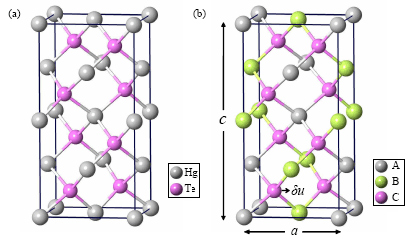
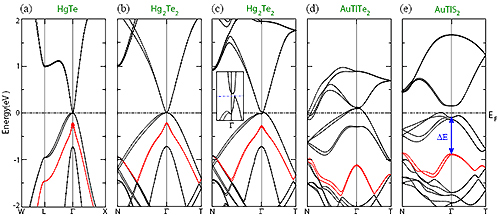
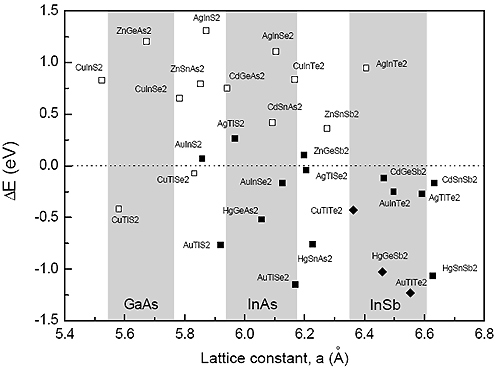
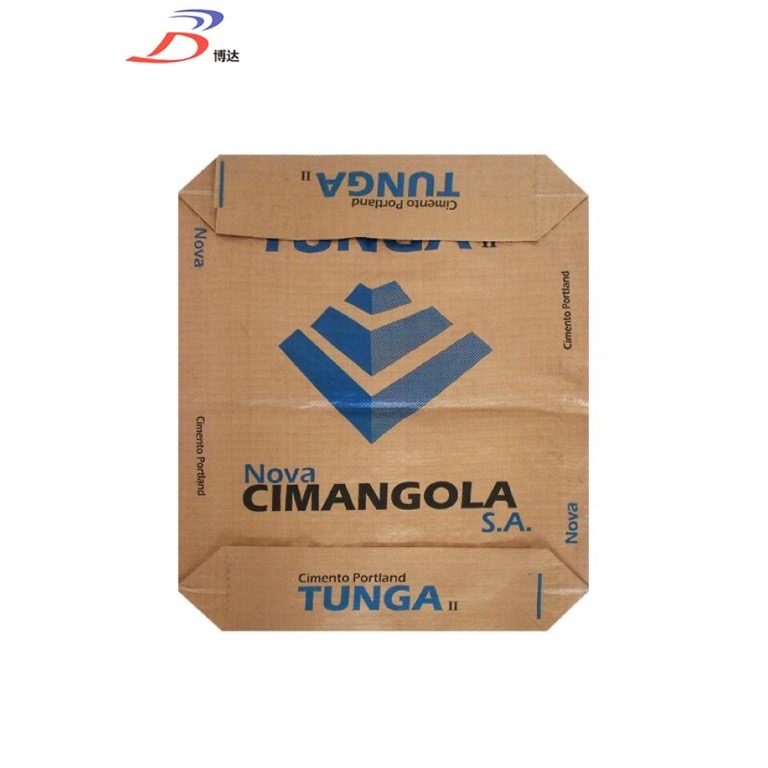
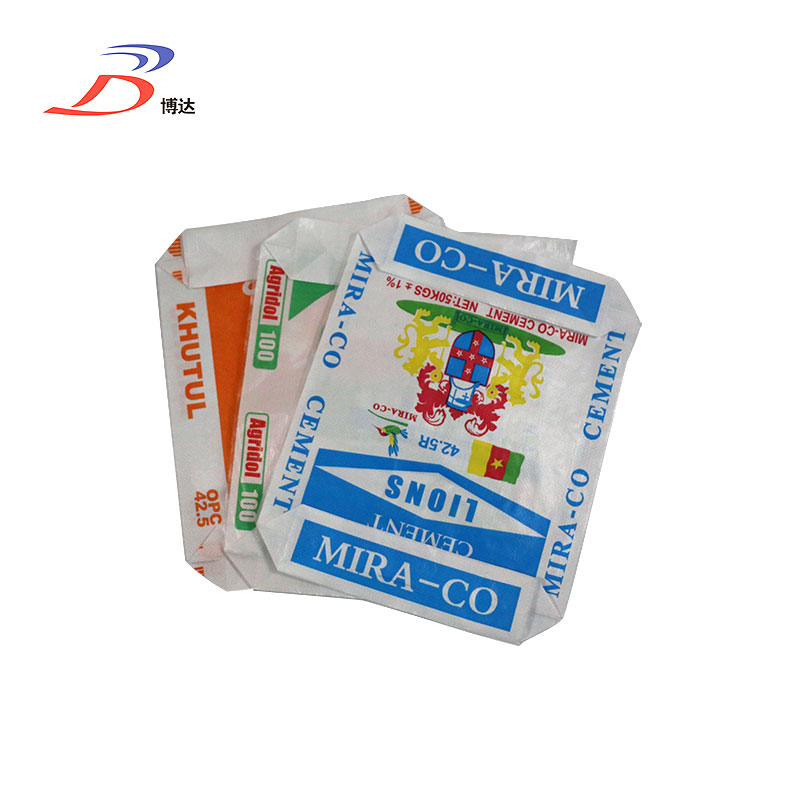
New Topological Insulator Materials with Cubic Symmetry Broken by Physics
